The recently concluded Kenyan Pension Sector Knowledge Exchange in Singapore and Malaysia was as a remarkable success, bringing together key stakeholders from Kenya's pension industry for an intensive five-day program of learning, collaboration, and strategic insight gathering.
Organized by Finnet Institute, under the theme "Securing Futures, Sustaining Health: Transforming Pension Investments and Post-Retirement Care for a Changing World," the convention provided an invaluable platform for Kenyan pension professionals to understand the innovative approaches being implemented in two of Asia's most sophisticated pension markets.
Kenya's Pension Landscape: Current State and Challenges
Kenya's pension system has undergone significant transformation over the past decade, with the Retirement Benefits Authority (RBA) reporting total pension assets of approximately KES 1.54 trillion (USD 12 billion) as of December 2024, representing about 13% of GDP.
The system operates on a three-tier structure: National Social Security Fund (NSSF): A mandatory scheme covering formal sector employees with approximately 5.3 million registered members, Occupational Schemes: Employer-sponsored retirement plans with assets of around KES 680 billion and Individual Retirement Benefit Schemes: Voluntary personal pension arrangements with growing adoption among informal sector workers
Despite this growth, Kenya's pension coverage remains relatively low at approximately 20% of the labor force, with significant disparities between formal and informal sectors. The informal sector, which employs over 80% of Kenya's workforce, remains largely underserved by traditional pension arrangements.
Addressing Critical Global Challenges
The global population aged 65 and above is projected to reach 1.5 billion by 2050. This demographic shift presents profound challenges for pension systems worldwide, particularly in ensuring they can effectively support retirees' health needs. The knowledge exchange was strategically designed to explore how pension fund investments and post-retirement health solutions can be better integrated, with a particular focus on the Asian context where pension fund assets are projected to reach an impressive $3 trillion by 2030.
Malaysian Segment
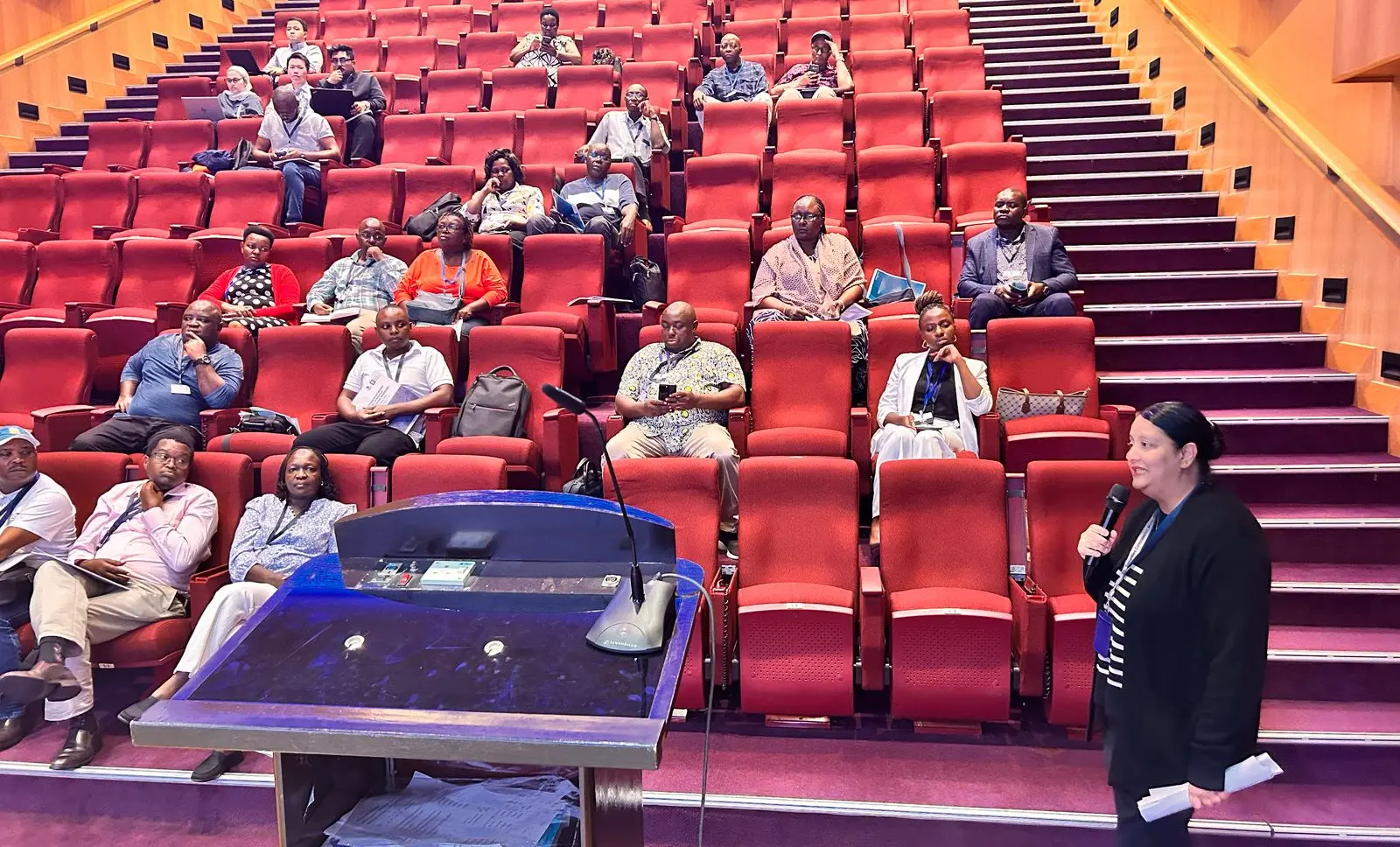
The delegation began their journey in Kuala Lumpur with a visit to the Securities Commission Malaysia, where they gained insights into: Malaysia's retirement provision system and emerging trends, The regulatory framework governing investments and governance, The structure of retirement products featuring member choices, housing, and medical benefits, Behavioral insights for enhancing member engagement and pension coverage.
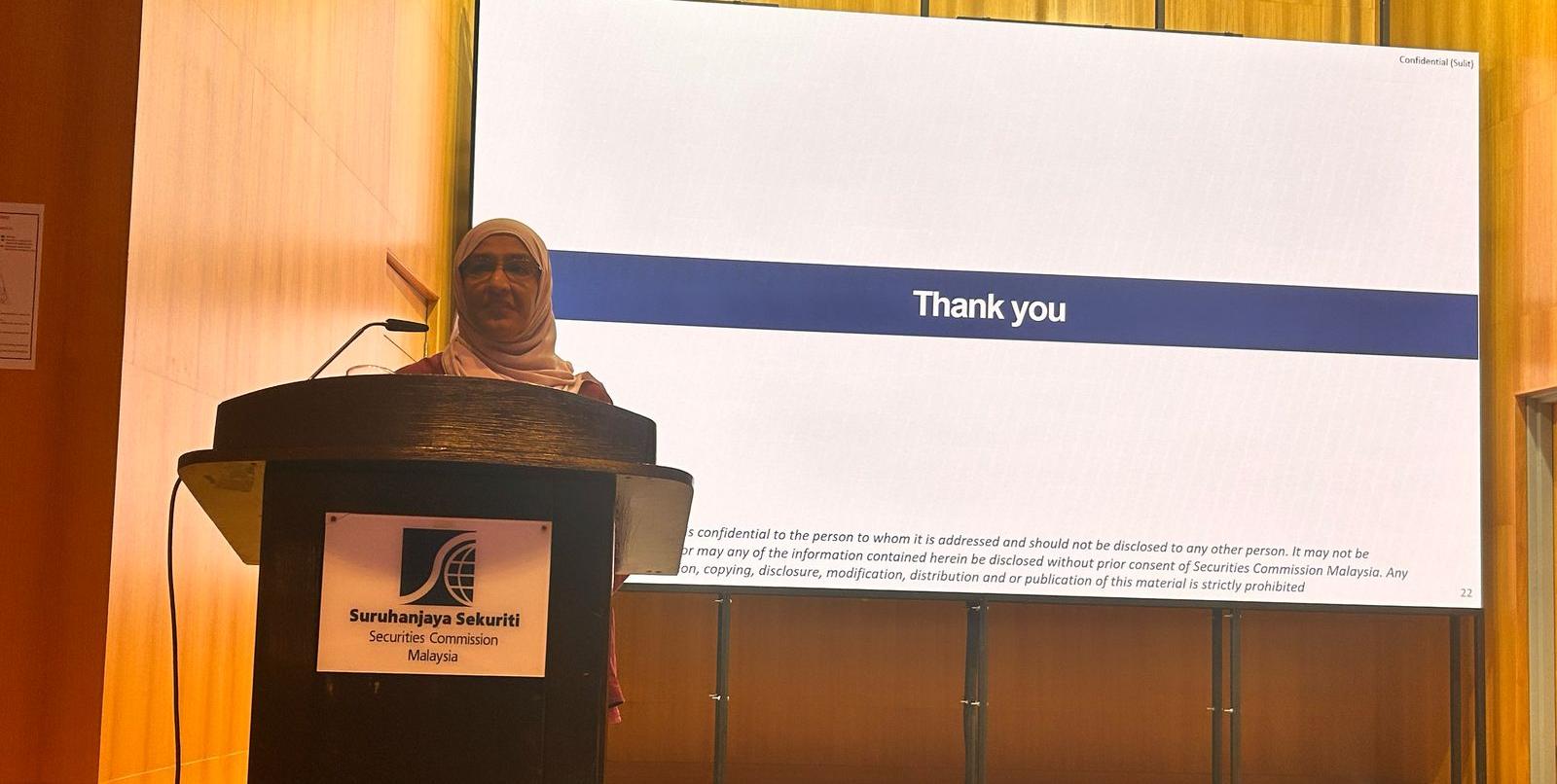
The program continued with knowledge exchange visits to two of Malaysia's pension giants: KWAP (Kumpulan Wang Persaraan), which manages Malaysia's public employees' pension scheme with assets totaling RM185.6 billion and the Employees Provident Fund (EPF), which serves approximately 16 million members with assets under management reaching RM1.22 trillion.
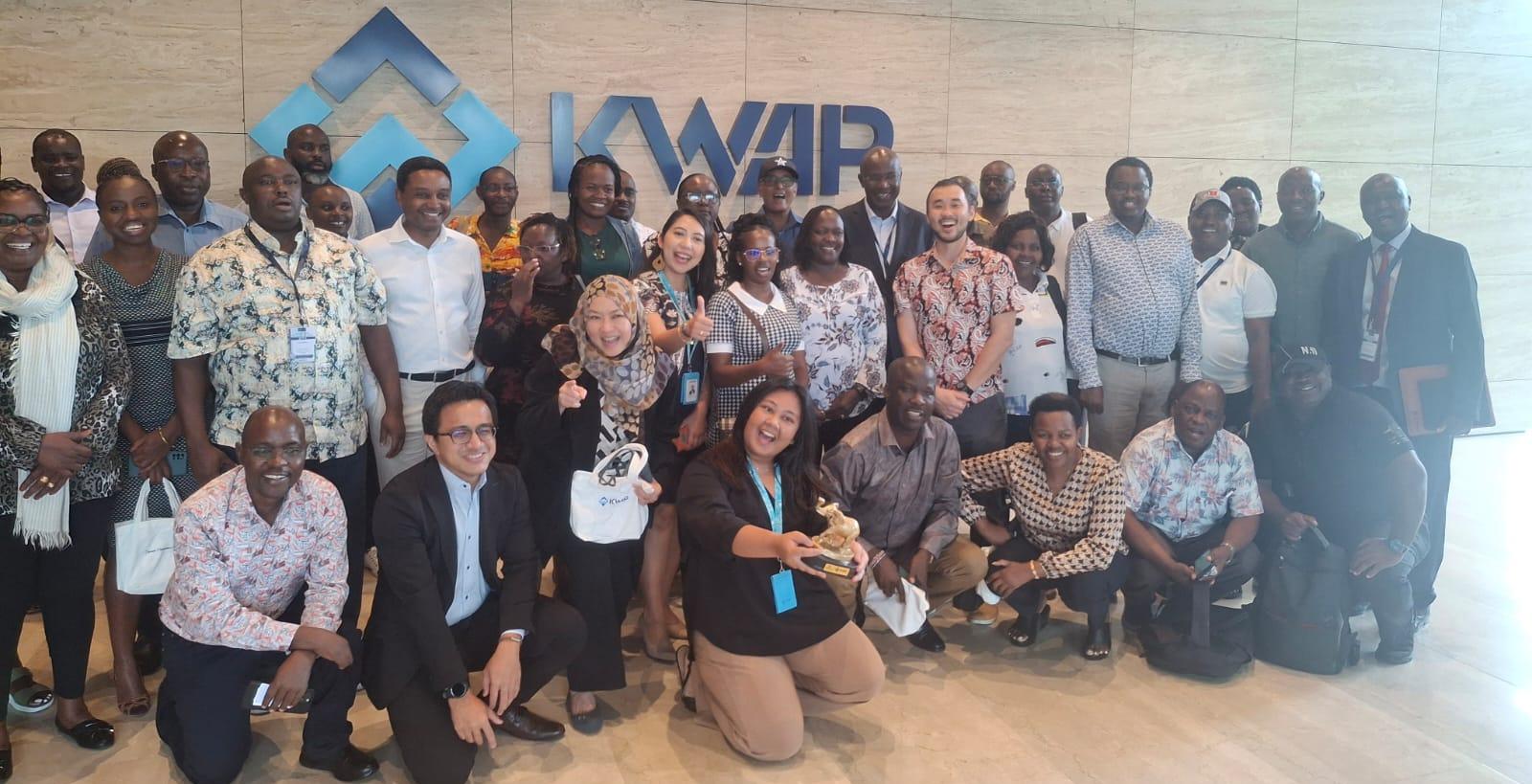
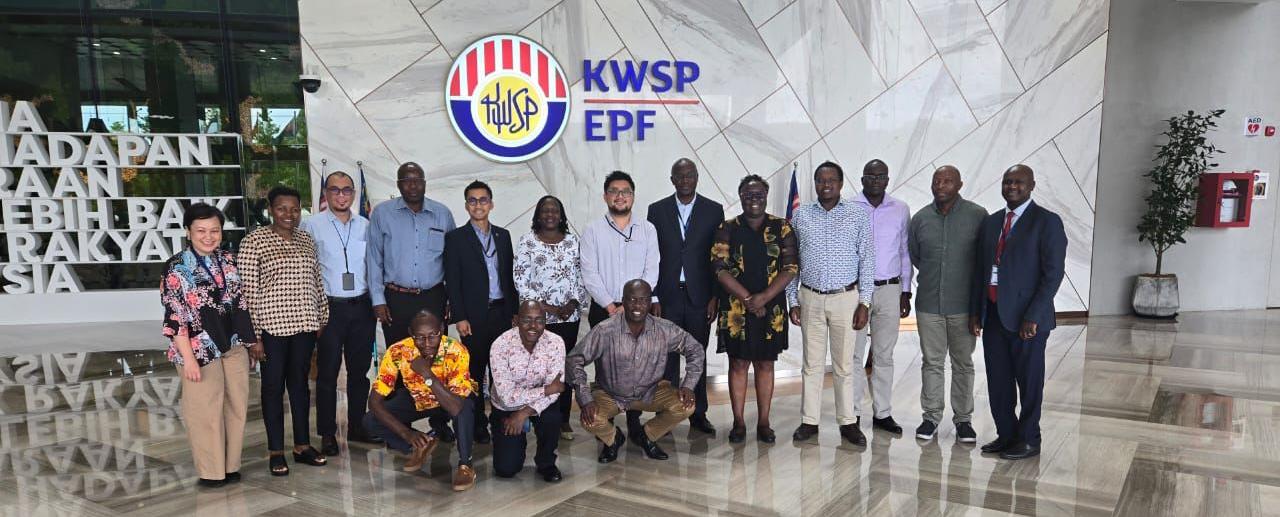
The highlight of the Malaysian leg was the opening remarks by H.E. Amb. Ekitela Ronald John Moru, Kenya's High Commissioner to Malaysia, who emphasized the importance of bilateral knowledge sharing in strengthening Kenya's pension sector.
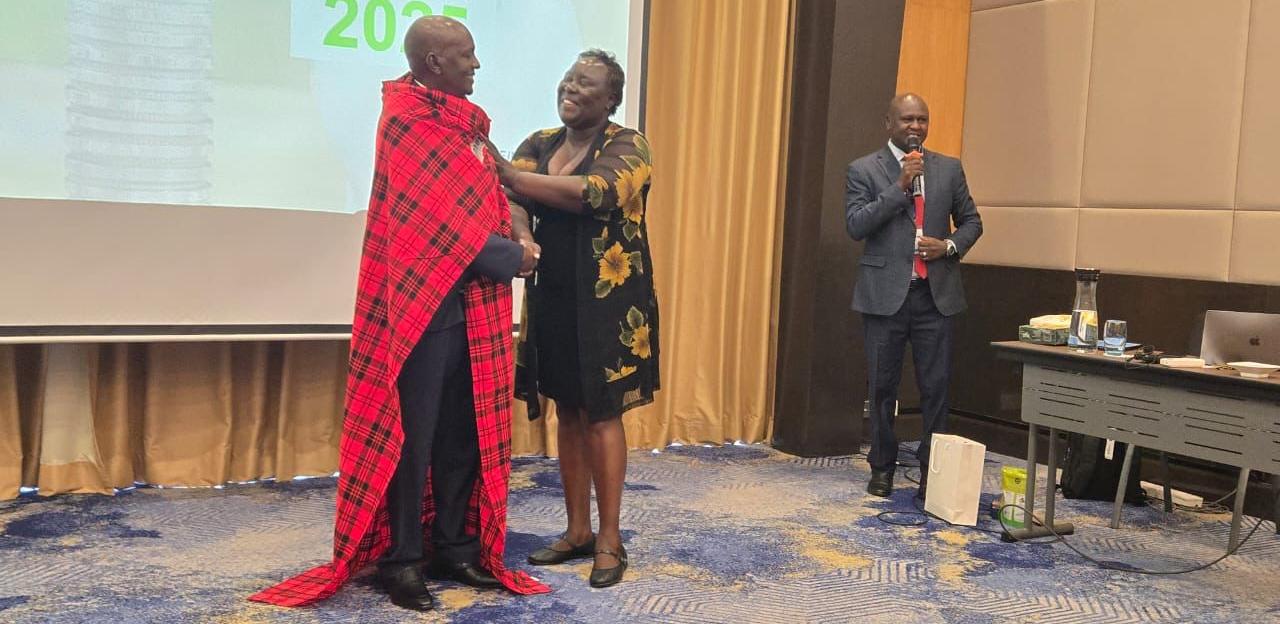
Singapore Segment
In Singapore, delegates benefited from expert presentations on: Effective asset allocation and emerging opportunities in pension funds, Insights into regulatory frameworks, governance structures, and risk management strategies, sustainable and responsible investment principles for impactful investing and a comprehensive overview of Singapore's Central Provident Fund (CPF), its principles, benefits, and challenges.
The knowledge exchange highlighted several important parallels and potential areas of collaboration between Kenya's pension system and the more mature systems of Malaysia and Singapore:
Comparative Analysis
Metric | Kenya | Malaysia | Singapore |
Pension Assets | KES 1.54 trillion (USD 12B) | RM1.22 trillion (USD 290B) - EPF only | SGD 520 billion (USD 385B) - CPF only |
Assets as % of GDP | ~13% | ~70% | ~90% |
Coverage Rate | ~20% of labor force | ~50% of labor force | >80% of labor force |
Informal Sector Coverage | Limited | Emerging schemes | Comprehensive |
Investment Returns (5-yr avg) | 8-10% | 5-6% | 4-5% |
Post-retirement Healthcare | Limited | Integrated | Comprehensive |
Both Malaysia and Singapore operate centralized national provident fund systems (EPF and CPF respectively) that serve as the backbone of their retirement systems, similar to Kenya's NSSF.
However, their systems have evolved to provide more comprehensive coverage and benefits; Both Asian systems allow pre-retirement withdrawals for housing, education, and healthcare - a feature Kenya has experimented with but not fully implemented. Additionally, Malaysia's EPF i-Akaun(Employer) and Singapore's CPF digital platforms offer sophisticated member engagement and self-service capabilities far beyond Kenya's current digital offerings.
While Kenya's pension funds typically outsource investment management to external managers, both EPF and KWAP maintain sophisticated in-house investment teams managing diverse global portfolios and Singapore's MediSave component of CPF provides a model for how pension systems can incorporate healthcare financing, addressing a critical gap in Kenya's system.
The exchange identified several areas where Kenya could benefit from closer collaboration with Malaysia and Singapore: Technology Transfer: Implementing digital solutions for enhanced member engagement and administrative efficiency; Investment Expertise: Building capacity for more sophisticated investment strategies, particularly in alternative assets; Regulatory Frameworks: Adapting governance structures that have proven effective in the Asian context; Financial Education: Adopting successful behavioral finance approaches to improve voluntary participation.
Key Takeaways for Kenya's Pension Sector
Several important lessons emerged from the knowledge exchange that could significantly benefit Kenya's pension landscape:
Integrated Health and Pension Solutions: Both Singapore and Malaysia demonstrate how pension systems can effectively address healthcare needs, particularly for aging populations.
Technology Integration: Innovations in pension administration and member engagement through digital platforms offer models that could enhance Kenya's pension infrastructure.
Investment Diversification: Strategies for optimizing asset allocation and embracing alternative investments provide valuable frameworks for Kenyan pension funds seeking to maximize returns while managing risk.
Governance Best Practices: Robust regulatory frameworks and governance structures observed in both countries offer templates for strengthening Kenya's pension governance.
Sustainable Investing: The growing emphasis on ESG factors in pension fund investments highlights pathways for Kenyan pension funds to achieve both financial returns and positive societal impact.
Looking Forward: Implementing Asian Best Practices in Kenya
This knowledge exchange represents a significant step in Finnet Institute's ongoing efforts to elevate professional standards in Kenya's pension sector. The insights gained will inform future training programs, governance consulting, and policy development initiatives.
As Kenya continues to develop its pension sector, the lessons from Singapore and Malaysia—two countries that have successfully addressed many of the challenges facing pension systems globally—will be invaluable in creating more sustainable, inclusive, and effective retirement solutions for Kenyans.
The convention is part of Finnet Institute's Global Pension Exchange Programmes, which include additional international benchmarking sessions scheduled throughout 2025 in destinations including South Africa, the United Kingdom, Mauritius, Rwanda, Morocco, Dubai, and Israel.
For more information about our future training programs and knowledge exchange opportunities, please contact us at info@finnettrust.com or institute@finnettrust.com, or call us on +254 719 560 656.